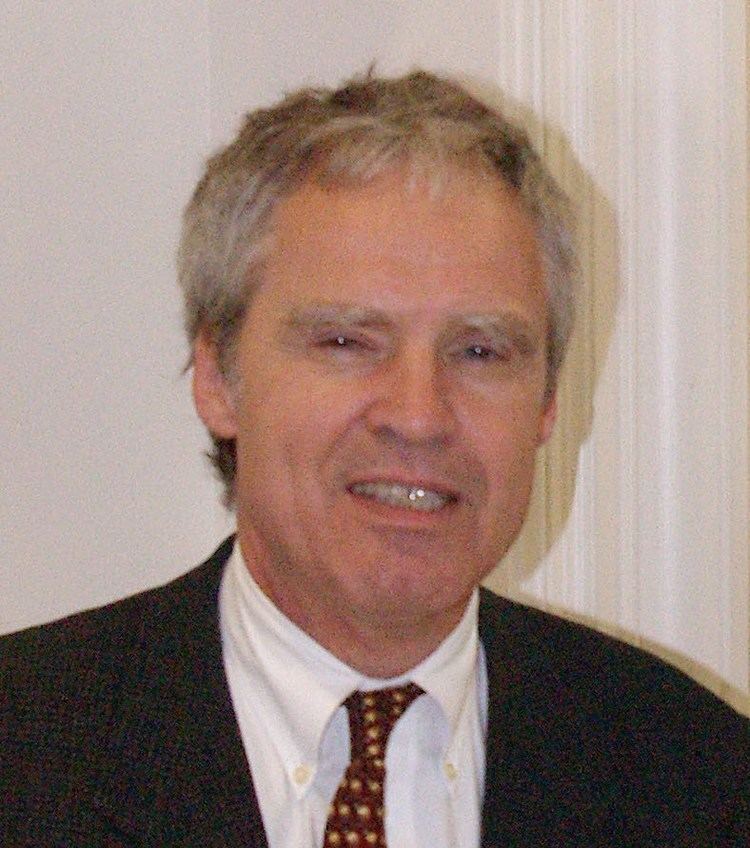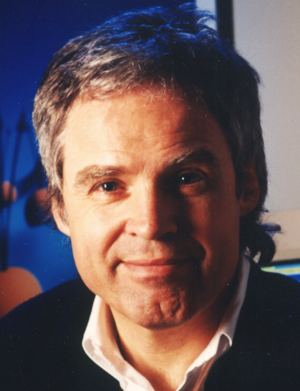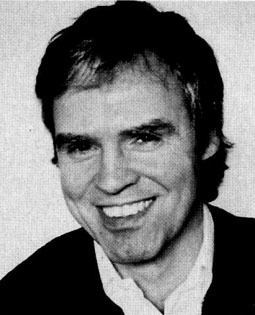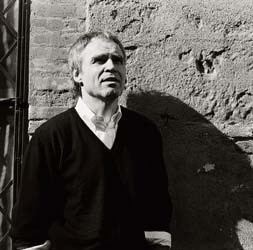Nationality United States Fields Physics | Role Physicist Name Horst Stormer | |
 | ||
Institutions Columbia UniversityBell Labs Alma mater University of StuttgartGoethe University Frankfurt Known for Fractional quantum Hall effect Notable awards Oliver E. Buckley Condensed Matter Prize (1984)Nobel Prize in Physics (1998)The Benjamin Franklin Medal (1998) Similar People Daniel C Tsui, Robert B Laughlin, Maria Goeppert‑Mayer, George II of Great Britain, Charles H Townes | ||
April 6 johann kuhnau andr cardinal destouches horst ludwig st rmer
Horst Ludwig Störmer (born April 6, 1949) is a German-born American physicist, Nobel laureate and emeritus professor at Columbia University. He was awarded the 1998 Nobel Prize in Physics jointly with Daniel Tsui and Robert Laughlin "for their discovery of a new form of quantum fluid with fractionally charged excitations" (the fractional quantum Hall effect). He and Tsui were working at Bell Labs at the time of the experiment cited by the Nobel committee.
Contents
- April 6 johann kuhnau andr cardinal destouches horst ludwig st rmer
- Horst Ludwig Strmer Wikipedia audio article
- Biography
- Research career
- References
Horst Ludwig Störmer | Wikipedia audio article
Biography

Störmer was born in Frankfurt am Main, and grew up in the nearby town of Sprendlingen. He studied physics at the J.W. Goethe-Universität at Frankfurt am Main, qualifying for his Diploma in the laboratory of Prof. Werner Martienssen. Here he was supervised by Prof. Eckhardt Hoenig, and worked alongside another future Nobel laureate, Gerd Binnig.

Störmer moved to France to carry out his PhD research in Grenoble, working in a high-magnetic field laboratory which was run jointly between the French CNRS and the German Max Planck Institute for Solid State Research. Störmer's academic advisory was Prof. Hans-Joachim Queisser, and he was awarded a PhD by the University of Stuttgart in 1977 for his thesis on investigations of electron hole droplets subject to high magnetic fields. He also met his wife, Dominique Parchet, while working in Grenoble.

After receiving his PhD, Störmer moved to the USA to work at Bell Labs, where he carried out the research that led to his Nobel prize. After working at Bell Labs for 20 years, he became the I.I. Rabi professor of physics and applied physics at Columbia University in New York City, and is now an emeritus professor.
Störmer is a naturalized US citizen.
Research career
Perhaps as important as the work for which he won the Nobel prize is his invention of modulation doping, a method for making extremely high mobility two dimensional electron systems in semiconductors. This enabled the later observation of the fractional quantum Hall effect, which was discovered by Störmer and Tsui in October 1981 in an experiment carried out in the Francis Bitter High Magnetic Field Lab at the Massachusetts Institute of Technology. Within a year of the experimental discovery, Robert Laughlin was able to explain its results. Störmer, Tsui and Laughlin were jointly awarded the 1998 Nobel Prize in Physics for their work.
